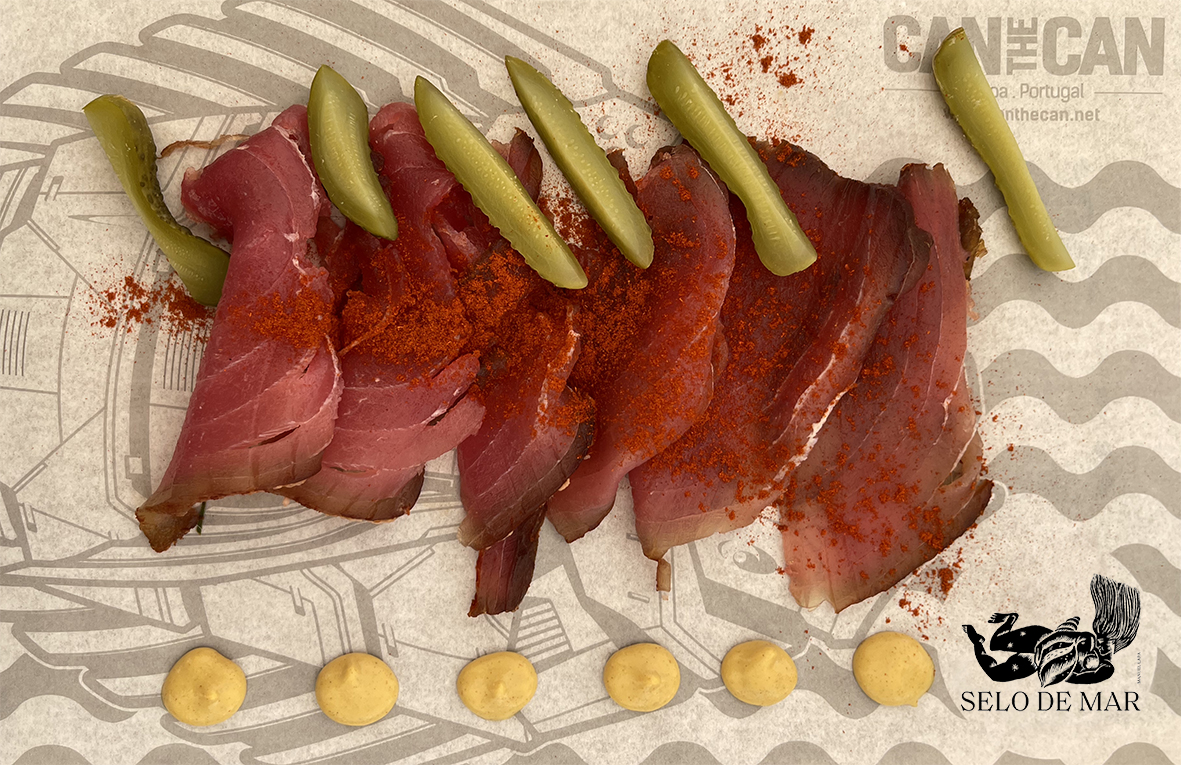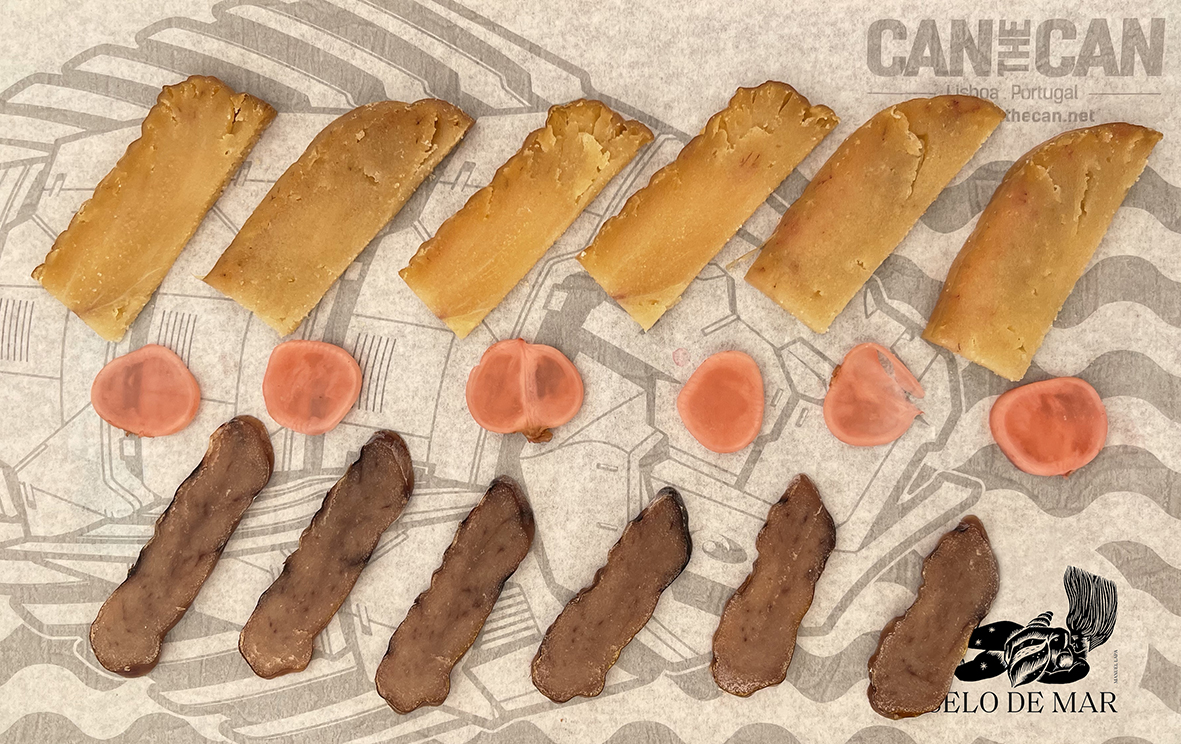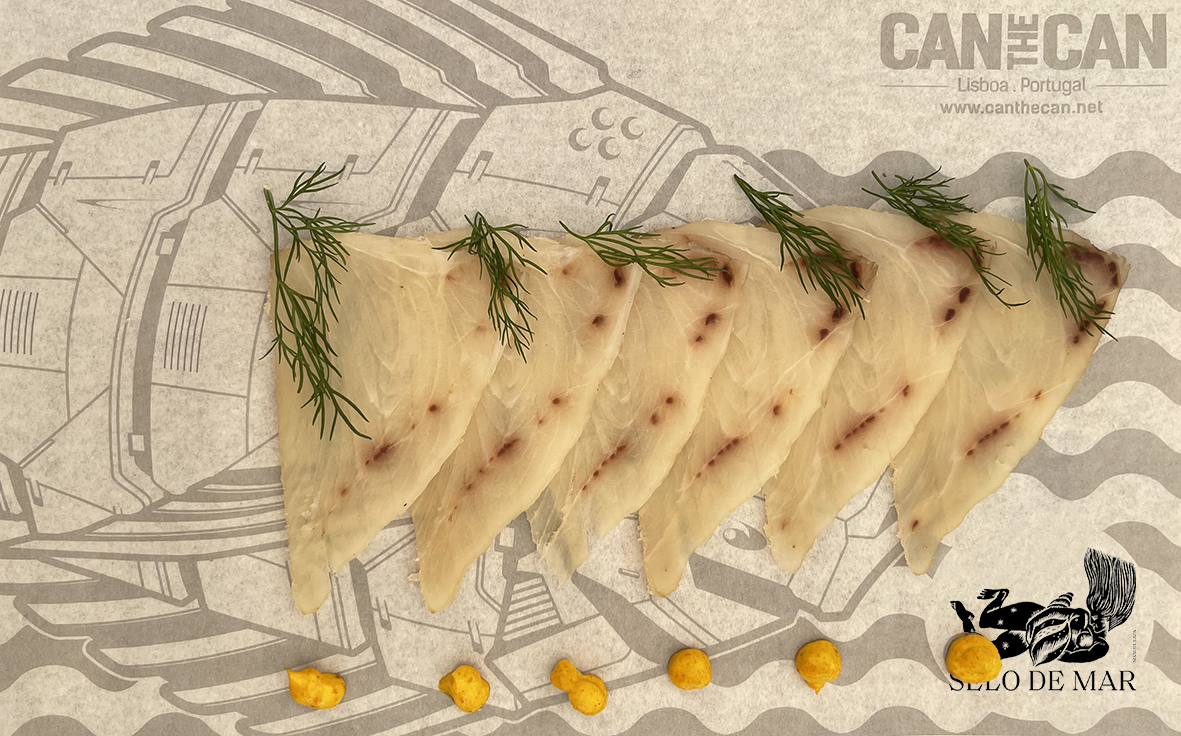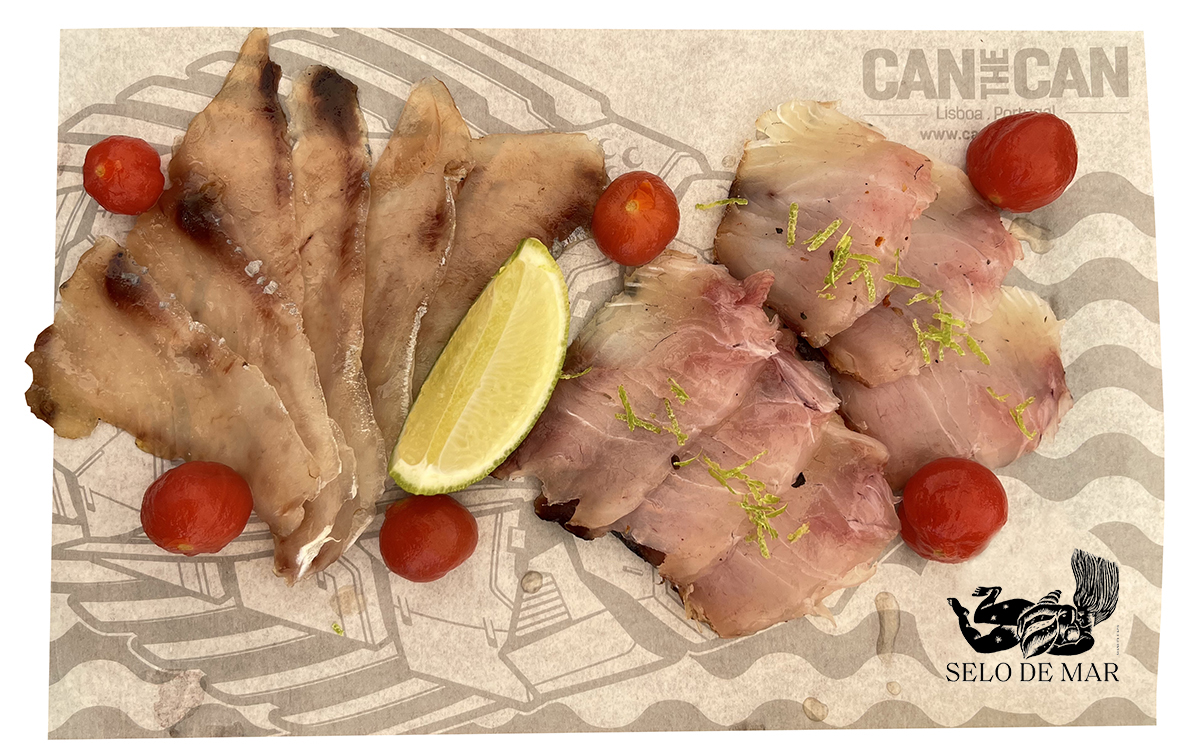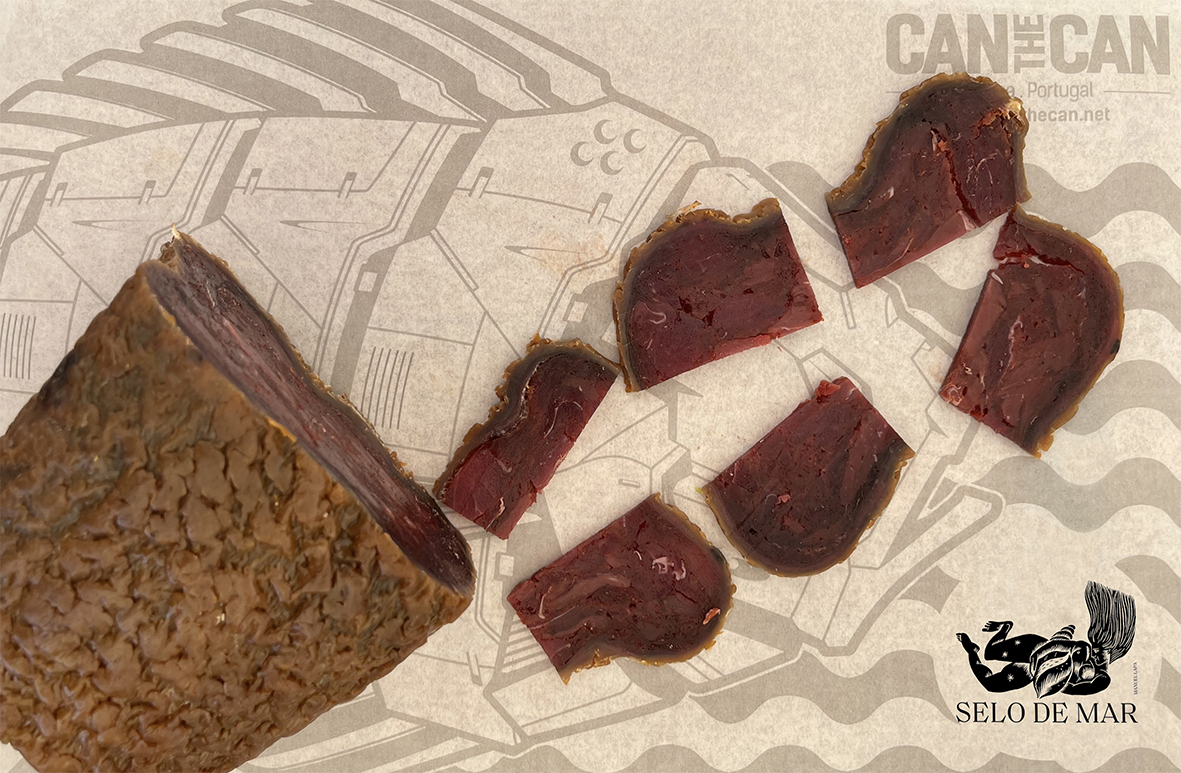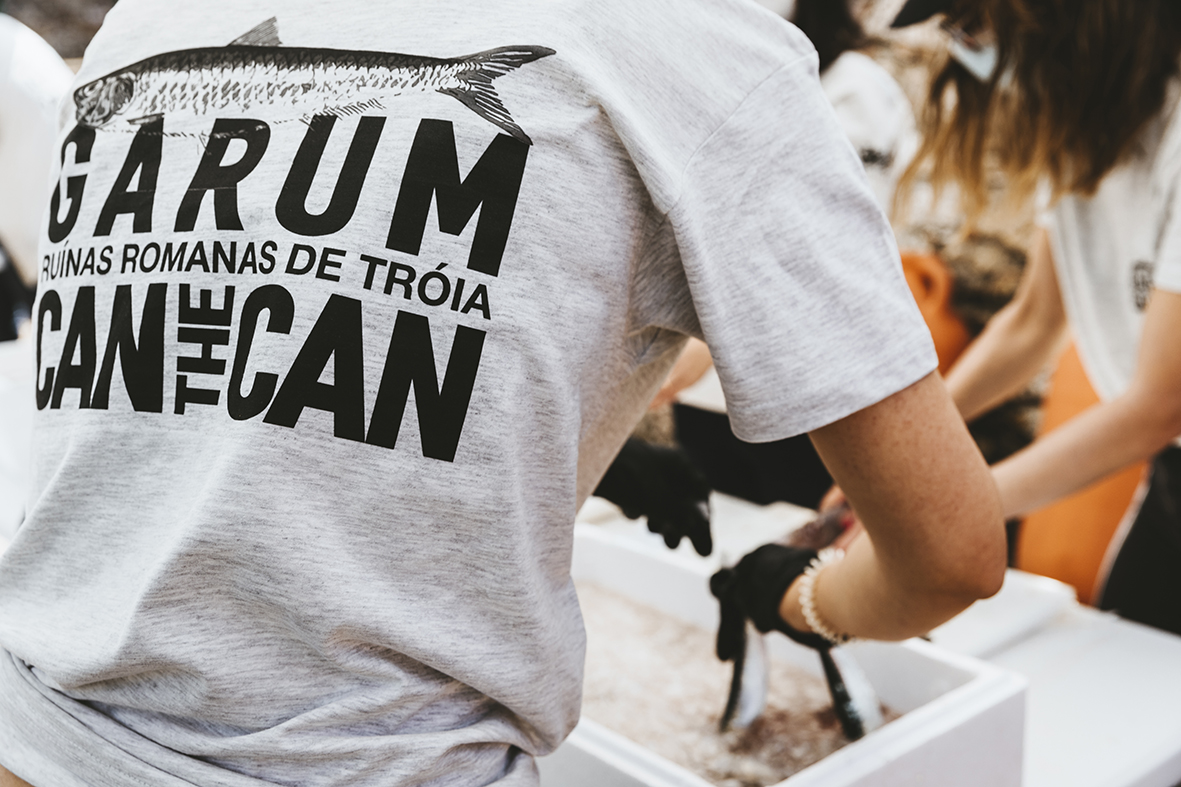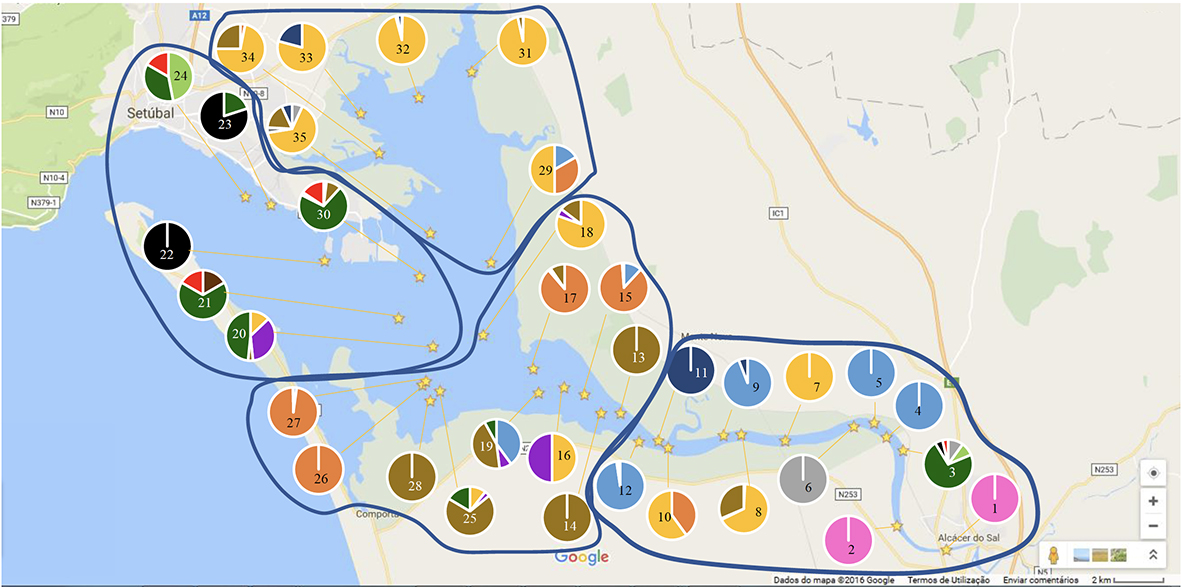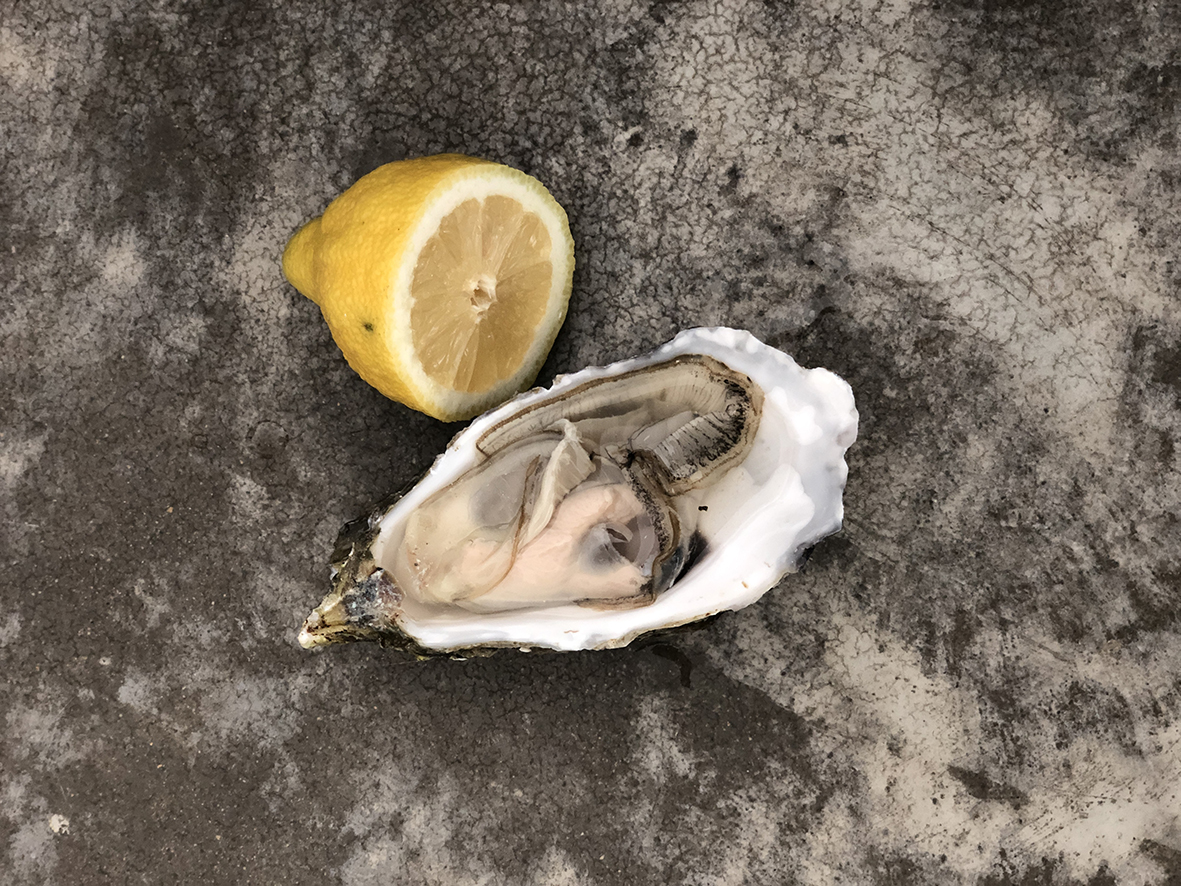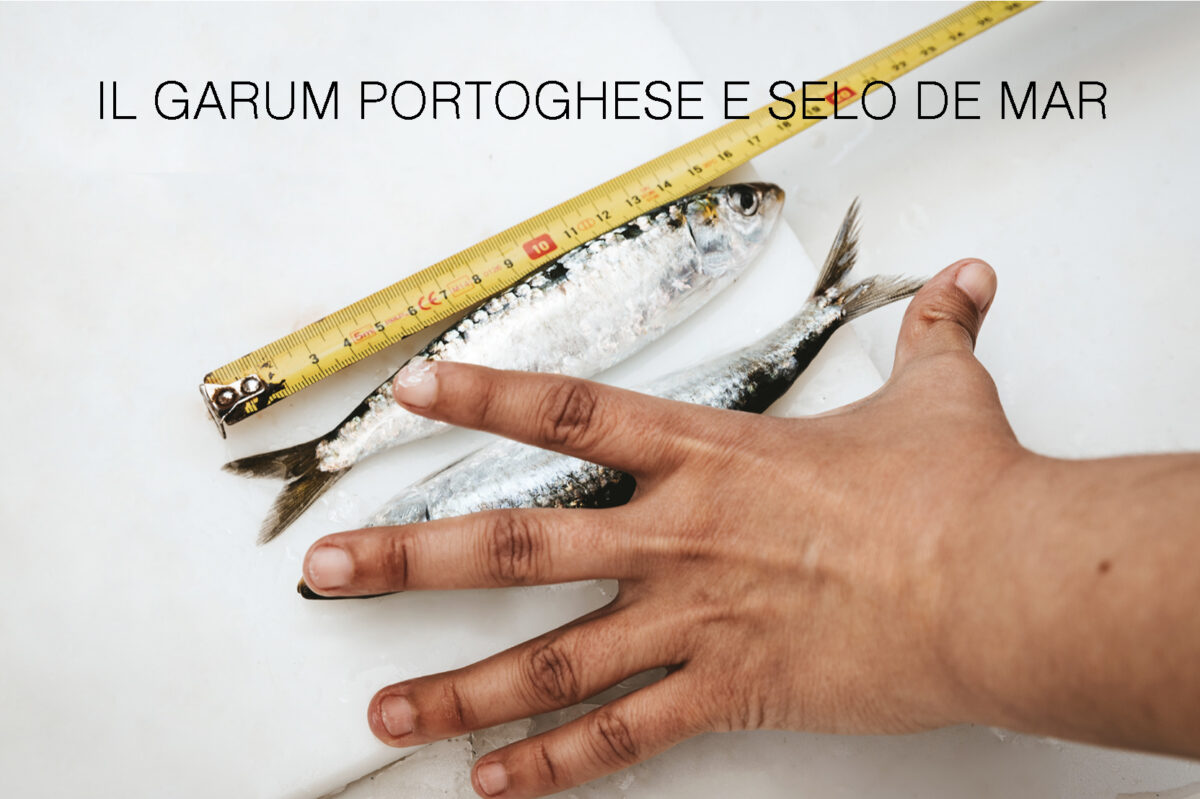In Portugal, there are four species of oysters, Crassostrea angulata (Portuguese oyster), Ostrea edulis (flat oyster), Ostrea stentina (dwarf oyster) and Ostrea cochlear. However, due to their characteristics, only Ostrea edulis and Crassostrea angulata are commercially exploited.
The Portuguese oyster (Crassostrea angulata) is a bivalve mollusc popularly known as “carcanhola”, very similar to the Pacific oyster.
The geographic distribution of Portuguese oysters is centered on estuaries and rias from the central area of mainland Portugal to the coast of Morocco, with a large incidence in the Sado estuary.
“The shell is mainly made up of calcium carbonate, which is taken directly from seawater with the help of specialized cells located in the mantle. They are soft-bodied animals, laterally compressed and composed of two articulated valves and a powerful adductor muscle. The shape and color of the shell of the Portuguese oyster can be somewhat variable, due to the type of substrate in which it is inserted. Oysters that grow on soft substrates generally have fewer blades than those that grow on hard substrates. Its interior is white, with a dark spot near the attachment of the adductor muscle. The body is covered by an integument called the “mantle”, which is also involved in the calcification process of the shell. Between its two sides is the pallial cavity, a free space divided by the gills, where there is water circulation through an inhaling and exhaling process (there is no siphon), from which the breathing and feeding process is obtained. ”*
Genetic studies show that the Portuguese oyster originates from Asia and was introduced to Europe through ship exchanges in the 16th century. It is also said that the oysters, now called Portuguese, were introduced into Europe by Portuguese caravels returning from the East.
According to some historians, the oysters, known as "Les Portugaises", originate from India or Japan, having traveled to Portugal on the keels of ships and as a protein-rich food for crews, in the late 16th century. Arriving at the Tagus and Sado estuaries, there they developed extraordinarily due to the good natural conditions of those who would come to be considered the largest natural oyster banks in Europe.
But oysters, possibly of other species, already existed in Portugal, as evidenced by the Roman presence in the Sado and Lisbon estuary, which left immense traces of oyster consumption, proving this mollusk at least since that time.
In fact, Strabo mentions, in the 1st century BC, recalling one of the moments of the conquest of Lusitania by Décimo Júnio Bruto, at the end of the 2nd century BC, when he finds, next to the Tagus estuary, the ancient settlement of Olisipo, a probable entrepot of the Phoenicians and Greeks:
«On the banks of the river, he fortified Olisipo to have freer navigation and the transport of foodstuffs (…) The river is very rich in fish and abundant in oysters» (Strabo, Book 30, Part I).
It is said that in 1886 a ship loaded with oysters from Setúbal bound for England was forced by a storm to seek refuge in the Gironde estuary, near Pauillac, on the west coast of France. The storm may have been long and the ship's captain, considering that the oysters would no longer be in good condition, decided to throw them into the water. However, not all the oysters were dead and in the phytoplankton-rich waters of Girona spontaneous oyster colonies were born that spread to Brittany.
Tagus oysters were largely exploited by French traders around 1866, who took them to Arcachon.
The Portuguese oyster was initially described by Lamarck as being endemic to the Iberian Peninsula. It was thought to have been introduced in the French region of Arcachon in 1867 as a new species for aquaculture and that, due to its high success, it had spread throughout France and somewhat across Europe.
Only recently have populations of C. angulata been identified in Taiwan, where it is thought to originate. Studies using mitochondrial markers report the presence of “pure” populations of this species in Taiwan. Thus, one can assume an Asian origin, which is probably a case of anthropogenic introduction (premeditated or not) into Europe.
